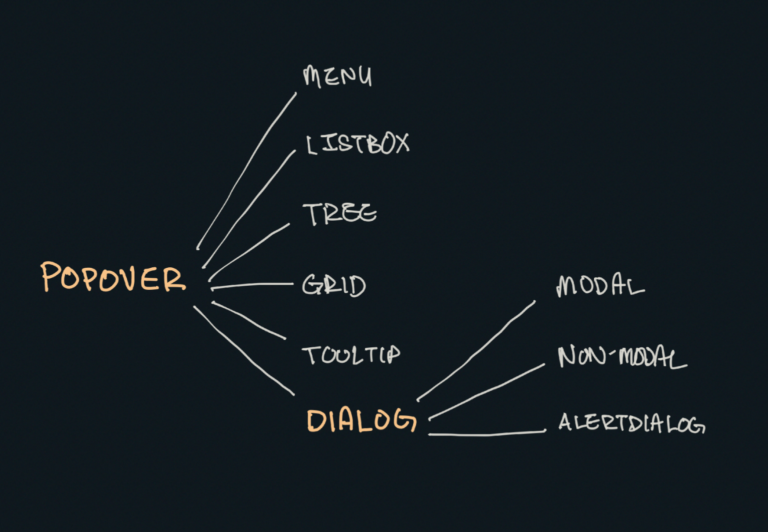Here’s a rewritten version of the article that maintains the original meaning while improving clarity, flow, and readability:
—
What Is SaaS? A Complete Guide to Software as a Service
If you’ve ever used Google Docs, streamed music on Spotify, or collaborated on projects with Trello, you’ve already experienced SaaS in action. But what exactly is SaaS, and how can it benefit you or your business?
In this comprehensive guide, we’ll explore what SaaS is, how it works, its advantages over traditional software, and why it’s such a powerful tool for individuals and organizations alike.
—
What Is SaaS?
SaaS stands for Software as a Service. It’s a software delivery model where applications are hosted in the cloud and accessed online—no downloads or installations required. All you need is an internet connection and a browser.
The service provider handles everything: updates, maintenance, security, and performance. Think of Netflix—you don’t download movies; you stream them. SaaS works the same way for software.
—
A Brief History of SaaS
SaaS traces its roots back to the 1960s with time-sharing systems, where users accessed centralized computers. In the 1980s and 1990s, the rise of personal computers shifted software to local installations—often costly and complex to maintain.
The internet changed everything. In 1999, Salesforce launched its cloud-based CRM, proving that businesses could run essential software entirely online. Today, SaaS is widely adopted thanks to its affordability, scalability, and ease of use.
—
SaaS vs. Traditional Software
Here’s how SaaS compares to on-premises software:
| Feature | SaaS | On-Premises Software |
|——–|——|———————–|
| Pricing | Subscription-based | One-time licensing fee |
| Installation | None; accessed via browser | Manual setup on each device |
| Maintenance | Handled by provider | Requires in-house IT |
| Scalability | Instant and flexible | Hardware upgrades needed |
| Accessibility | Any device with internet | Limited to specific machines |
| Security & Backup | Managed by provider | Requires internal systems |
—
How SaaS Works
SaaS runs on cloud infrastructure, meaning the software lives on remote servers and is accessed through the internet.
From the User’s Perspective
Using SaaS is simple: sign up, log in, and start using the app. No installation is necessary. Your data is stored in the cloud, so you can access it from any device, anywhere.
Behind the Scenes
SaaS providers manage:
– Regular updates and patches
– Automated backups
– Security protocols like encryption and firewalls
– Performance monitoring to ensure uptime
Subscription-Based Pricing
Instead of buying software outright, you pay a recurring fee—monthly or annually. Pricing varies based on:
– Number of users
– Storage or usage needs
– Access to premium features
Most providers offer tiered plans to suit different business sizes and needs.
Multi-Tenant vs. Single-Tenant Models
– Multi-tenant: One software instance serves many users, with data kept separate (like apartments in a building).
– Single-tenant: Each customer has their own dedicated instance, offering more control and isolation.
—
Key Features of SaaS
SaaS platforms are designed to be:
– Accessible from any device
– Easy to scale with your business
– Automatically updated and maintained
– Secure, with built-in protections
– Cost-effective through subscription pricing
– Collaborative, with tools for real-time teamwork
—
Top Benefits of SaaS
1. 🏷️ Lower upfront costs – No need for expensive licenses or hardware.
2. 🔄 Automatic updates – Always use the latest version.
3. 🌍 Remote access – Work from anywhere.
4. 📈 Scalable – Add users or features as needed.
5. 🧠 User-friendly – Designed for ease of use, even for non-tech users.
—
Common SaaS Use Cases
SaaS is used across nearly every industry. Here are some popular categories and tools:
CRM (Customer Relationship Management)
– Tools: Salesforce, HubSpot, Zoho CRM
– Use: Track leads, manage customer data
Project Management
– Tools: Asana, Trello, ClickUp
– Use: Organize tasks, collaborate with teams
E-commerce
– Tools: Shopify, BigCommerce, Wix
– Use: Build and manage online stores
HR & Payroll
– Tools: Workday, BambooHR, Gusto
– Use: Manage hiring, onboarding, and payroll
Marketing Automation
– Tools: Mailchimp, Marketo, ActiveCampaign
– Use: Automate email campaigns and lead nurturing
Communication & Video Conferencing
– Tools: Slack, Zoom, Microsoft Teams
– Use: Enable remote team collaboration
Data Analytics
– Tools:


![10 Fastest WordPress Hosting Provider in 2025,Apr – [Reviewed]](https://wiredgorilla.com/wp-content/uploads/2025/04/10-fastest-wordpress-hosting-provider-in-2025apr-reviewed-20.jpg)
